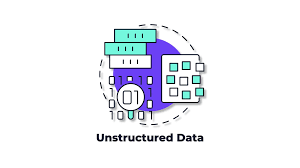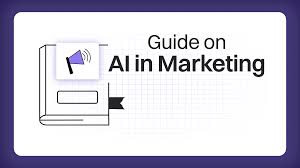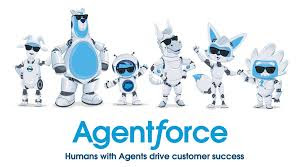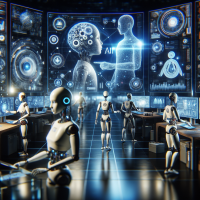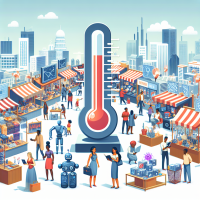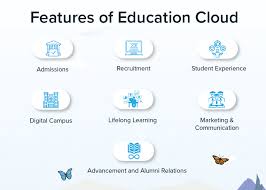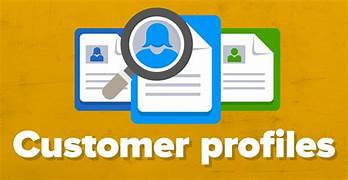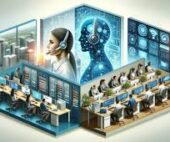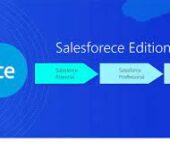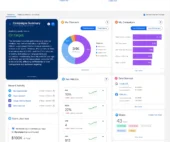How To Describe The World to AI
Guide to Practical Worldbuilding: Modeling Our World for AI Have you ever wondered how kids explore the world around them? How do they make sense of objects, relationships, actions, and societal rules? Picture a child seeing a cat for the first time. At first, it’s just a furry creature, walking, climbing, and purring. Then, they notice another cat with a white face and black stripes. Over time, they learn that cats are living creatures—just like dogs. But unlike dogs, cats don’t run or bark. Through exploration and reasoning, kids continuously refine their understanding of the world. How To Describe The World to AI. Now imagine a similar process, but for artificial intelligence. Like children encountering new experiences, AI requires a framework to comprehend the world—yet AI lacks the ability to crawl in the grass, taste objects, or watch sunsets. Instead, it relies on humans to provide structured models that serve as digital maps of reality. These semantic models, akin to globes in geography class, allow AI to grasp the relationships between concepts, understand unstructured data, and operate effectively within our world. 🔔🔔 Follow us on LinkedIn 🔔🔔 Why AI Needs Models of Our World While AI systems like predictive maintenance tools or autonomous cars excel at solving specific problems, they depend on carefully prepared data for training. However, generative AI has sparked excitement by working with unstructured information, leading us to believe in intelligent agents that can automate workflows, book trips, process calls, or write code. Yet, such agents often fall short because they lack a deep understanding of our world. Large Language Models (LLMs) can process information but struggle with ambiguity, such as linking corporate database entities to real-world concepts. Without models that provide contextual meaning, even advanced algorithms remain limited tools. These semantic models allow machines—and humans—to bridge vast data sources, integrate knowledge, and interpret complex systems. Modeling Reality: Key Lessons Lesson 1: Model for the Use Case Building a model is like creating a world: it depends on your goals and perspective. For instance, if you’re modeling temperature changes in an IoT system, your approach depends on whether the focus is the sensor’s behavior (event-driven) or the temperature data itself (state-driven). Similarly, some models emphasize persistent entities (continuants) like employees, while others focus on events (occurents) like meetings. Your philosophical assumptions—whether descriptive (open to integration) or prescriptive (closed to external input)—shape the model’s design. Lesson 2: Relationships Are Key Semantic models are most powerful when they show relationships between entities. These connections provide data with context, transforming raw information into actionable insights. For example, a manufacturing company could unify quality assurance, operations, and performance metrics into a shared ontology, replacing siloed dashboards with an integrated view. Visualizing these relationships helps humans see systems as interconnected rather than isolated, enabling better analysis and decision-making. Lesson 3: Serve Humans and Machines Every model must serve three audiences: Semantic models enable AI-powered tools to augment human productivity. For example, an ancient codebase can be transformed into a graph of abstract syntax trees (AST), making it accessible for AI-driven modernization. Similarly, metadata—ranging from classification labels to data lineage—plays a critical role in organizing, governing, and contextualizing data for machine learning and reasoning. The Impact of Modeling Modeling isn’t just a technical exercise; it’s a creative process akin to worldbuilding in fiction. By formalizing the relationships and rules of our domain, we create maps that help humans and machines navigate complexity. Whether you’re modeling an enterprise, designing an AI system, or simply trying to understand your organization better, semantic models offer the tools to unify knowledge, reveal insights, and drive meaningful progress. How To Describe The World to AI. In the words of Frank Herbert: “Deep in the human unconscious is a pervasive need for a logical universe that makes sense. But the real universe is always one step beyond logic.” Like Related Posts Salesforce OEM AppExchange Expanding its reach beyond CRM, Salesforce.com has launched a new service called AppExchange OEM Edition, aimed at non-CRM service providers. Read more The Salesforce Story In Marc Benioff’s own words How did salesforce.com grow from a start up in a rented apartment into the world’s Read more Salesforce Jigsaw Salesforce.com, a prominent figure in cloud computing, has finalized a deal to acquire Jigsaw, a wiki-style business contact database, for Read more Service Cloud with AI-Driven Intelligence Salesforce Enhances Service Cloud with AI-Driven Intelligence Engine Data science and analytics are rapidly becoming standard features in enterprise applications, Read more

